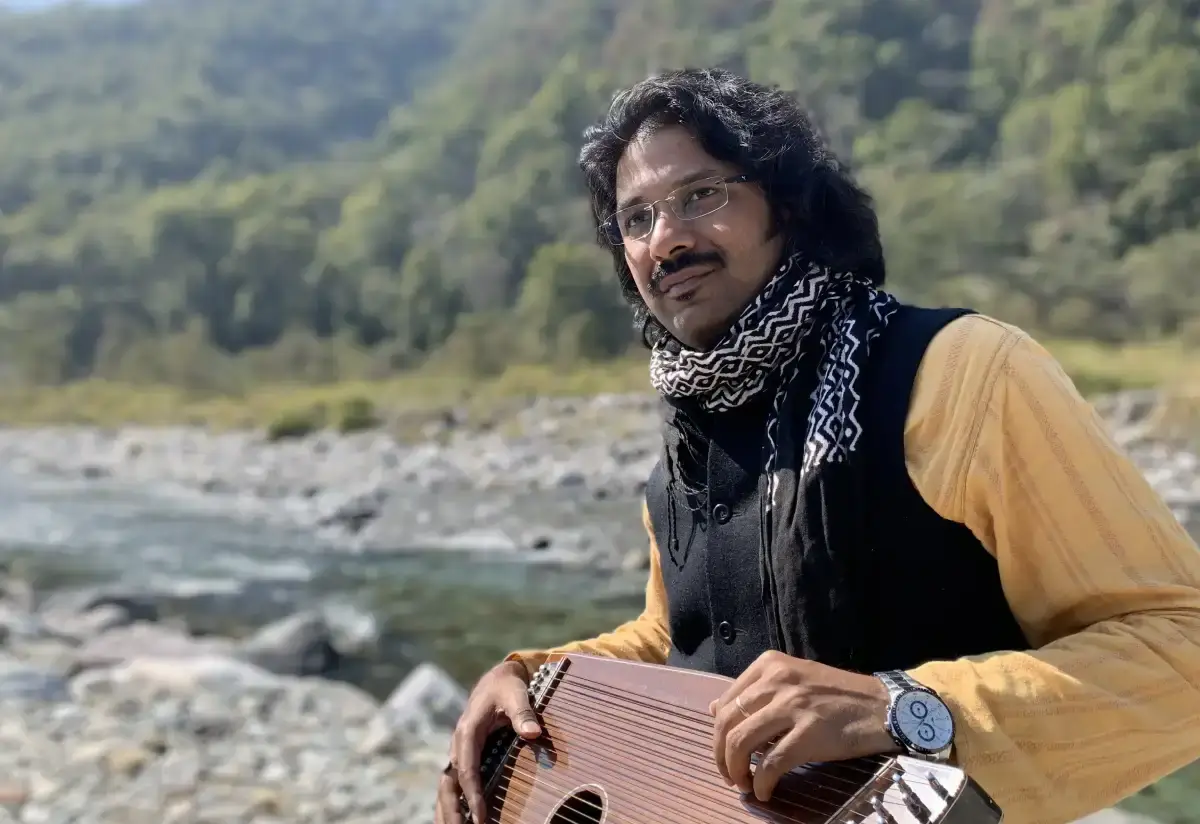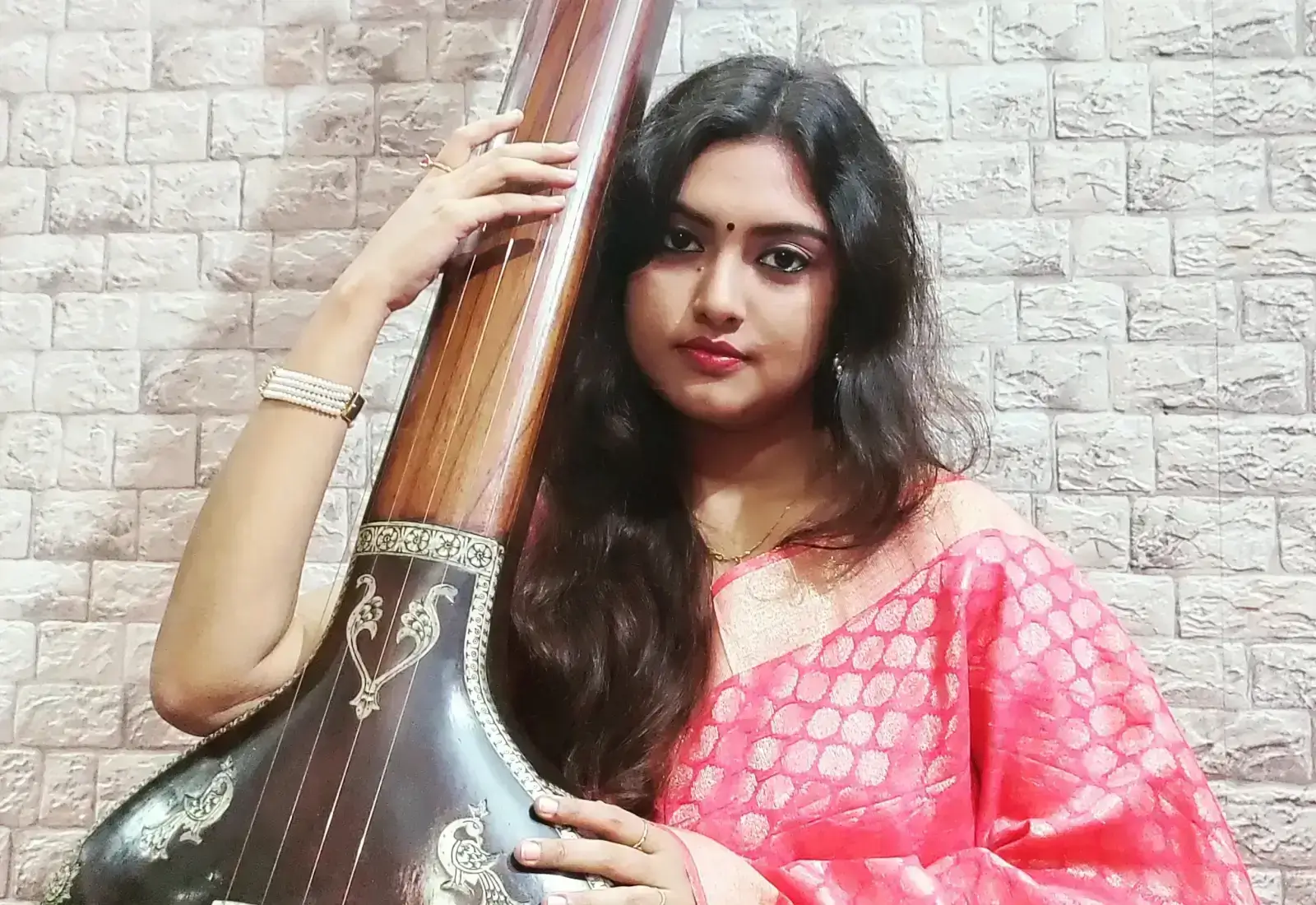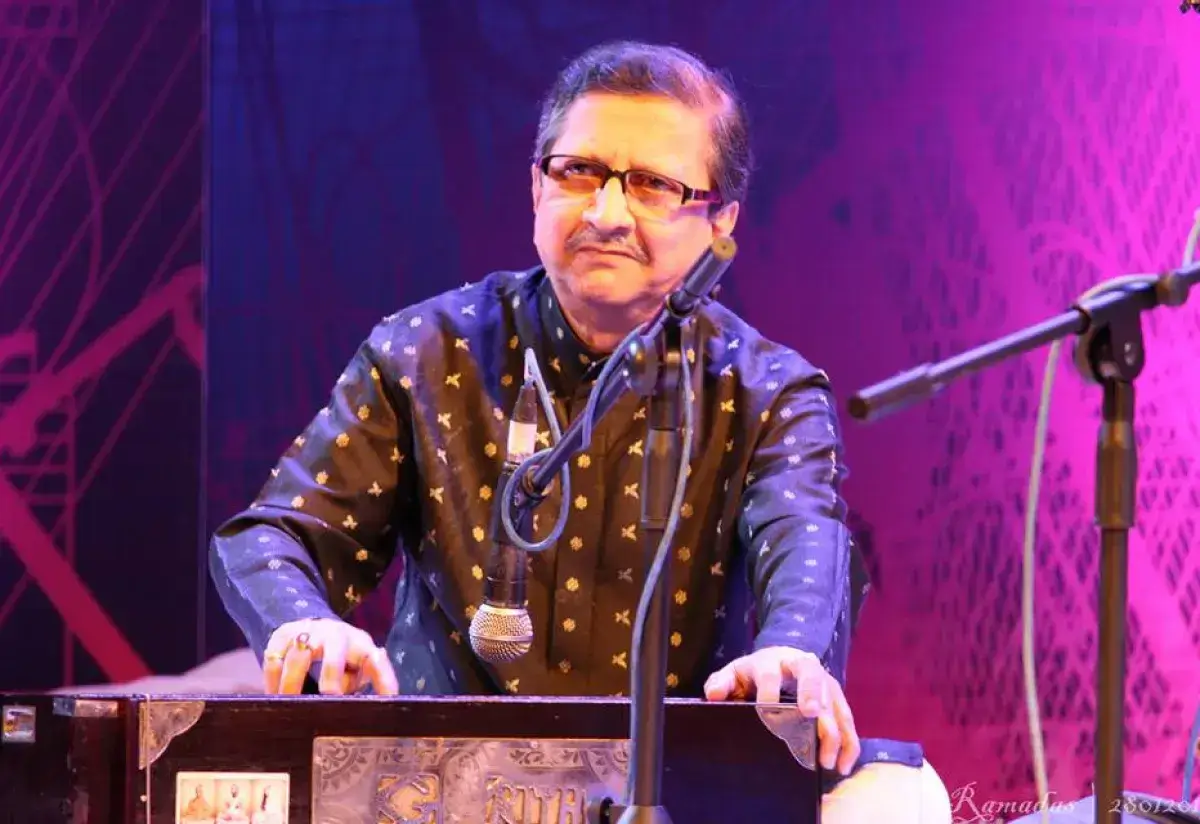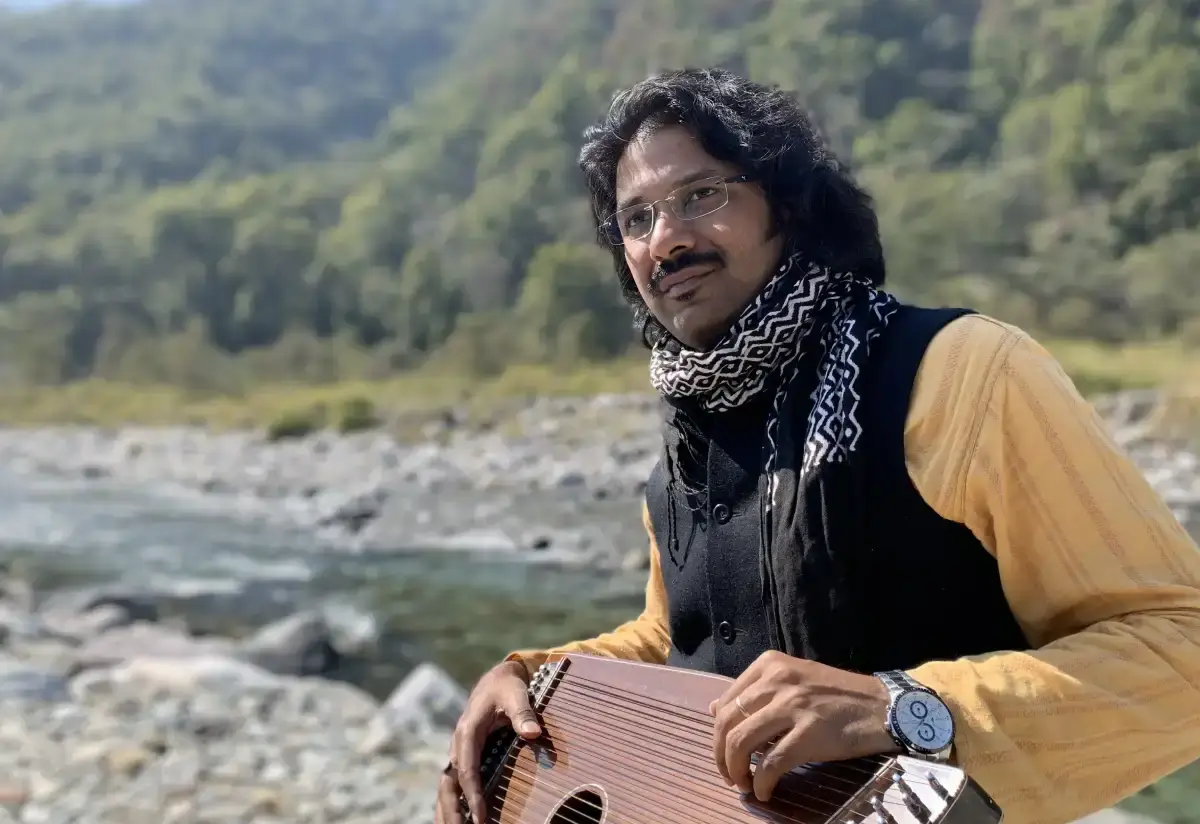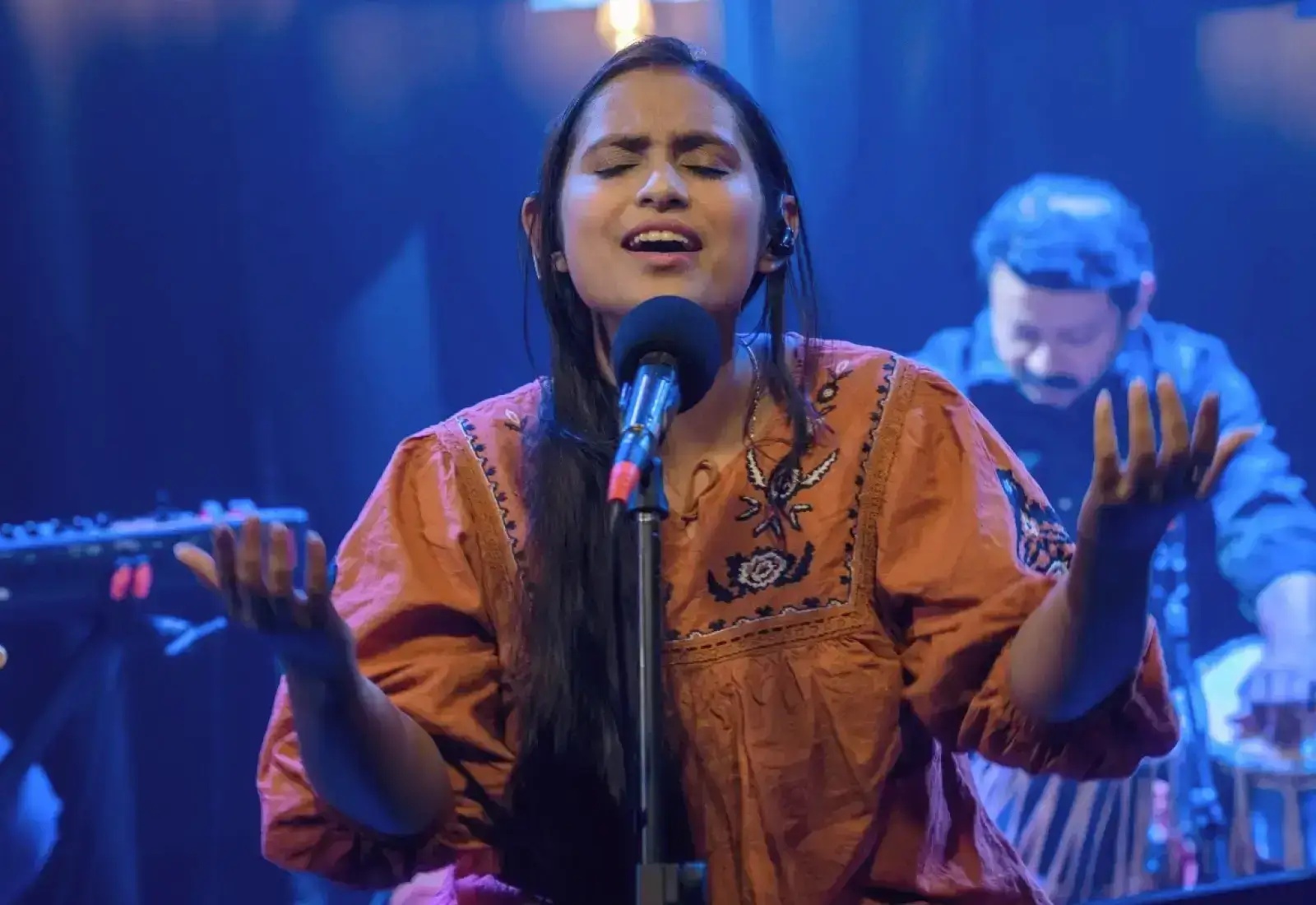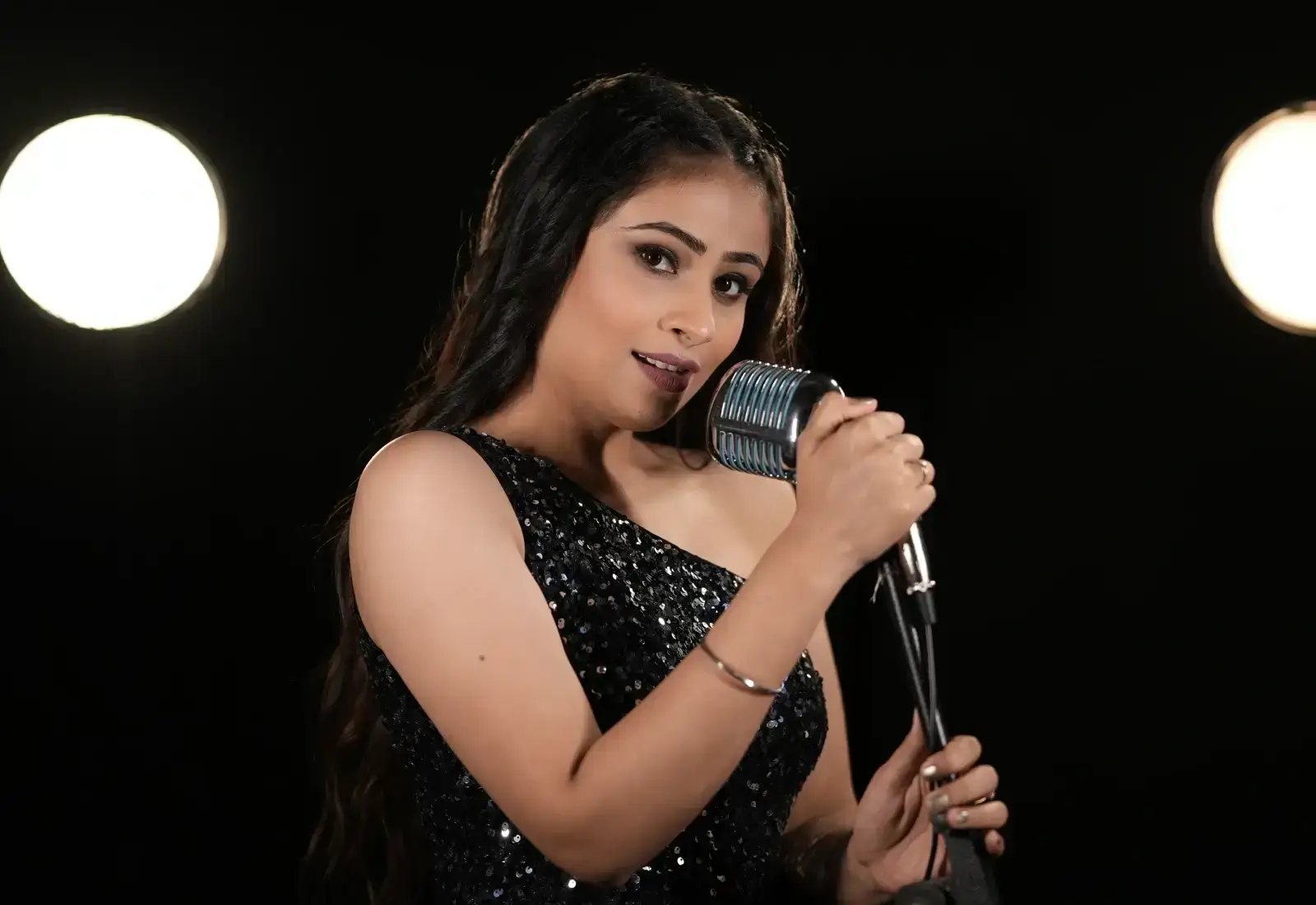Best Indian Musical Instruments for Voice Training
Why do classical music vocalists use accompanying instruments while performing or doing voice training? Is it only meant for adding another dimension to the performance and making the overall performance sound better? Or does it have any other role to play? There are several Hindustani music instruments. But which among them is best for voice training and which one is more apt for performances?
There are a lot of verdicts regarding which instrument should be picked by Indian classical music vocalists.
Here is a genuine attempt to explore the several accompanying musical instruments for Indian classical vocalists.
Learning to identify the human instrument for music and how it works
The foundation of Indian classical music primarily rests on twelve ‘swaras’- seven ‘shuddha swaras’ and five ‘vakra swaras.’ Every pursuer of music has to have these swaras deeply grounded in their psyche, body, soul, and all their five senses. Only then will they be able to use these ‘swaras’ to express diverse emotions through their voice or any other musical instrument.
Music can be created with the right balance and coordination of -
- a vibrating source which includes vocal cord, reeds, and stretched string
- a medium - air or water
- a receiver - human ear or any recording device
And in that sense, the human body is a complete musical instrument in itself. It is by far the most versatile musical instrument with infinite scope for improvement that is unmatched by any other musical instrument in the world. All it requires is to create the right kind of surface tension in the vocal cord and play with the air (in this case - the breath).
Hence, the vocalists have to fine-tune their vocal cords just like any other musical instrument. And as opposed to a musical instrument that is created once and tuned as and when required, the human instrument for music - i.e, the vocal cord has to be polished and tuned every day.
Old and veteran musical mentors often compare the vocal cord of a singer with that of a traditional metal named ‘kansa’. It is also called bell metal in English. The Gurus of Indian classical music often say - ‘the more you polish’ kansa’, the more it shines. The voice of a singer is just like that. The more you practice, the richer it becomes.’
However, the human voice needs support or some sort of an anchor to be able to identify, absorb and hold on to a particular ‘swara’ or ‘note’ while singing. And hence, the need for an accompanying instrument.
Earliest accompanying musical instrumental
Music or in the Indian context ‘sangeeta’ in its purest form is believed to be a spontaneous outcome of a happy mind. Perhaps, that is why, in the ancient Indian texts, ‘sangeeta’ is defined as Gandharva vidya. As the Gandharvas are celestial beings who are always in a happy state of mind. Some of the early musical instruments that are mentioned in the context of ‘Gandharva sangeeta’ include Veena, flutes, and drums.
In due course of time, several other musical instruments came to be included in the ambit. Some of these were used to perform instrumental music, while some were used as an accompaniment of vocal music.
The most preferred instruments that always find special mention in all ancient texts are primarily characterized by drones.
The best example of instruments that feature drone music is a Veena, Sarod, Tanpura, Ektara, etc. The best part of these drone instruments is that it does not play every note. Rather they provide some sort of a supporting cue of just one or at the max three notes to the vocal rendition.
Drone in music is defined as a subtle, sustained, and long note which plays continuously. It is a very good way for a learner to listen and absorb the timber of a note. And for performers, it provides subtle support to the voice while singing.
As we go ahead in this article, we will discuss current usages of drone music and how they are playing a significant role as a supporting instrument in Indian classical music.
Most trusted Indian musical instruments for vocalists - Tanpura and Harmonium
The most preferred Hindustani music instruments for Indian classical vocal music are Tanpura and Harmonium. While Tanpura provides just a base note, the harmonium has every note distinctively well defined in different pitches. Hence, the harmonium is the first pick for every new learner of vocal music.
Having said that, the purists in Indian classical music always prefer Tanpura as an instrumental accompaniment. They argue that there are several finer gradations of pitch known as ‘sruti’ which can’t be defined through the reeds of the harmonium.
Tanpura
Tanpura plays a base note of Sa. It is a basis on which other notes are created. In this regard, several veteran masters have been found reciting the famous doha by Rahim Das - ‘Ek sadhe sab sadhe, sab sadhe sab jaye.’ By repeating this to the students, they emphasize on the significance of identifying, absorbing, and learning the base note - ‘Sa’ or ‘Shajda’. All the other notes are related to this one note.
Each note or ‘swara’ of the saptak differs from each other by frequencies. Hence, once you learn to identify the frequency of ‘Sa’, it helps to scale up to the frequency of the following notes/ ‘swaras’ in relation to the base note.
Thus Tanpura supports a very organic way of getting a grip on the notes while Harmonium provides complete support with reeds playing out each note.
Tanpura is like a blank canvas that gives infinite scope to create music. It is used for practice sessions and performances alike. A relatively smaller version of Tanpura - known as Tanpuri is used as an accompaniment for instrumental music.
Harmonium
Harmonium is a reed instrument that was actually born in Europe. In due course of time, it became the most popular supporting instrument for vocalists in the Indian subcontinent.
Harmonium is characterized by metal reeds, a bellow that manages the flow of the air into the box to create the vibration of the reeds. The sound can be controlled by four to five pushbuttons/knobs attached to the sides. It has an elaborate keyboard that supports a wide range and pitch of voice while singing.
It is considered to be an ideal instrument for beginners in vocal music. It guides and supports the voice through a well-defined notation. It makes singing easy. It has been a constant companion for singers across the genres. The classical music singers use it as much as they use Tanpura
And just like piano or any other reed instrument, the harmonium is also suitable for western classical music as it is for Indian classical and semi classical music.
Electronic and Digital Instruments
The latest in the domain of accompanying instruments is electronic and digital devices. The pitch, tempo, and notes can be played by just a tap on the button over the electronic device or the digital application.
The Tanpura application plays a drone sound. Similarly, the harmonium application can be played just like the real ones. However, it is easier if you use the harmonium app on a tablet rather than a mobile. It will give you a free hand to cover the complete range on a bigger screen. The pitch and tempo can be adjusted. Like any other digital application, it only makes life easier and practicing vocal music simpler.
They have done away with the portability issue of the otherwise fragile, yet bulky musical instruments. It is not that these devices can replace the real ones but having them will make sure that practice never stops even if you don’t have access to the real instruments.
Most importantly, they don’t mislead in terms of the musical notes. Hence, music teachers are highly recommended these devices for their students. And several tutorials are also available on the internet for new users.
In Conclusion
After learning about Tanpura and Harmonium, we can say that both have their own place. Though the purists have a natural inclination towards Tanpura, Harmonium is also a popular and credible accompanying instrument. And the best way is probably the combination of both while practicing as well as for performance.


